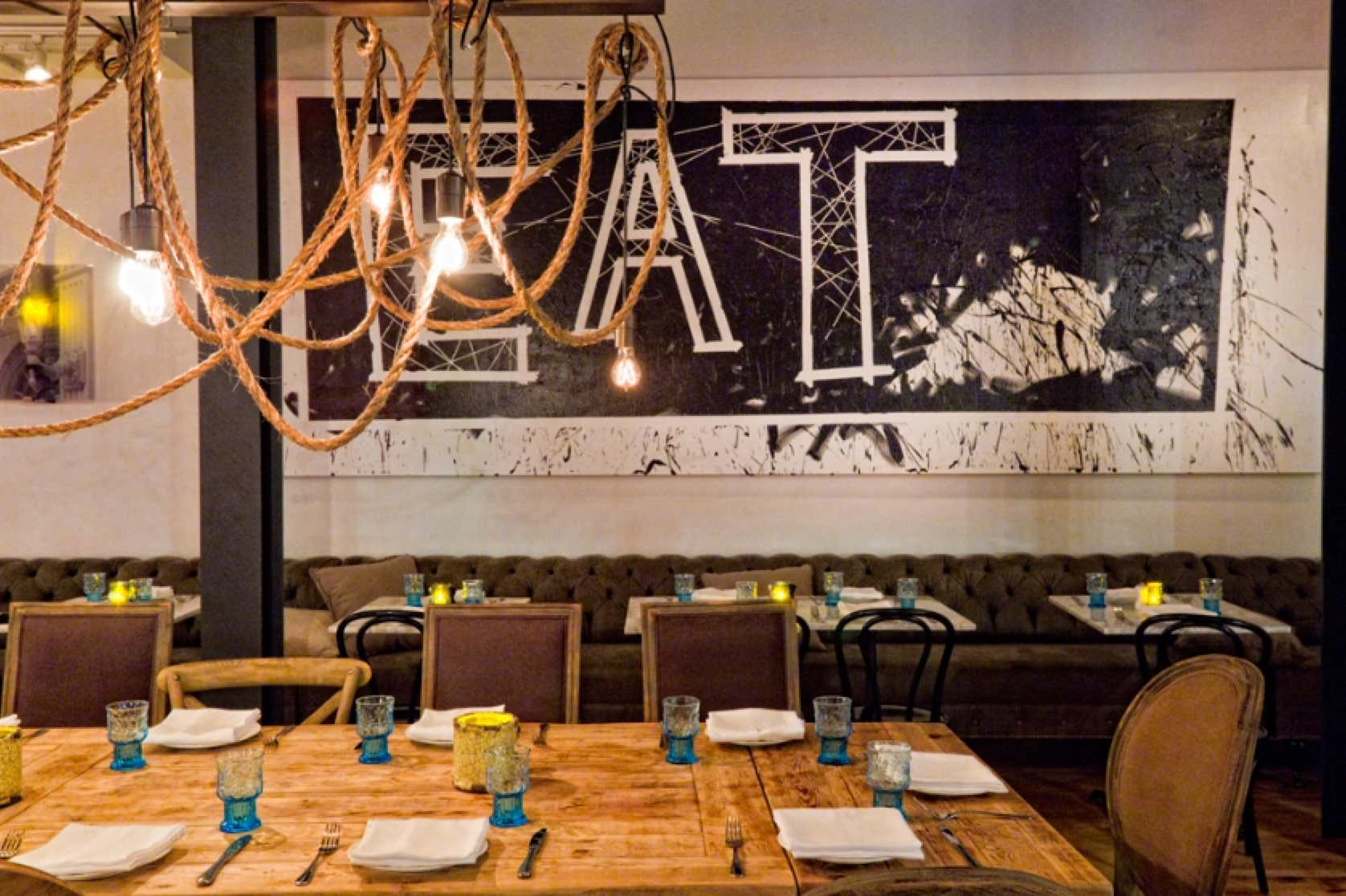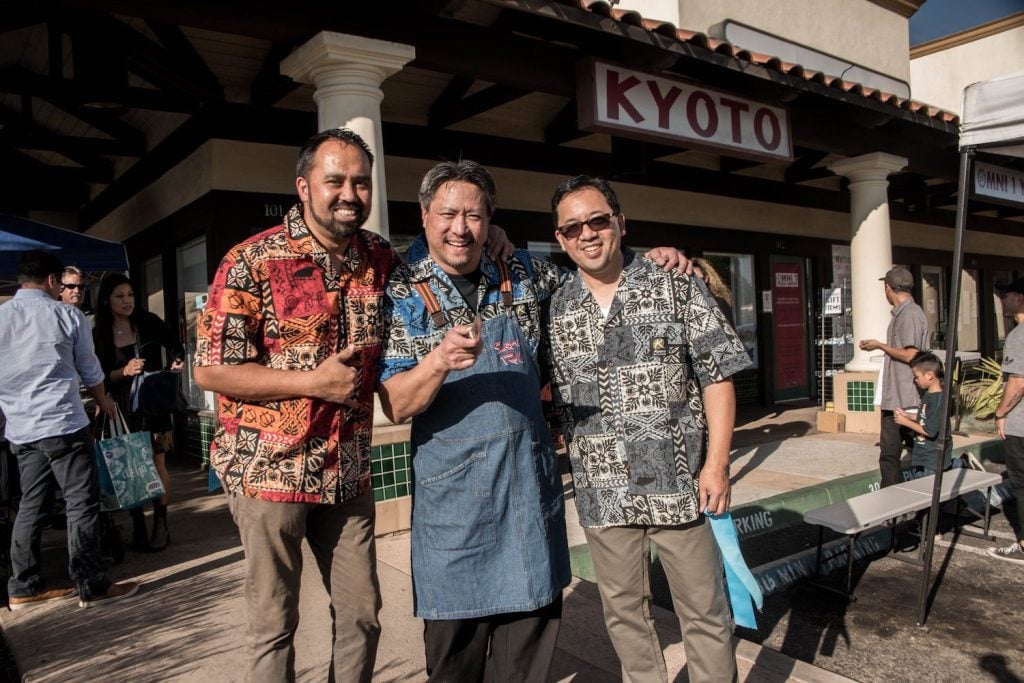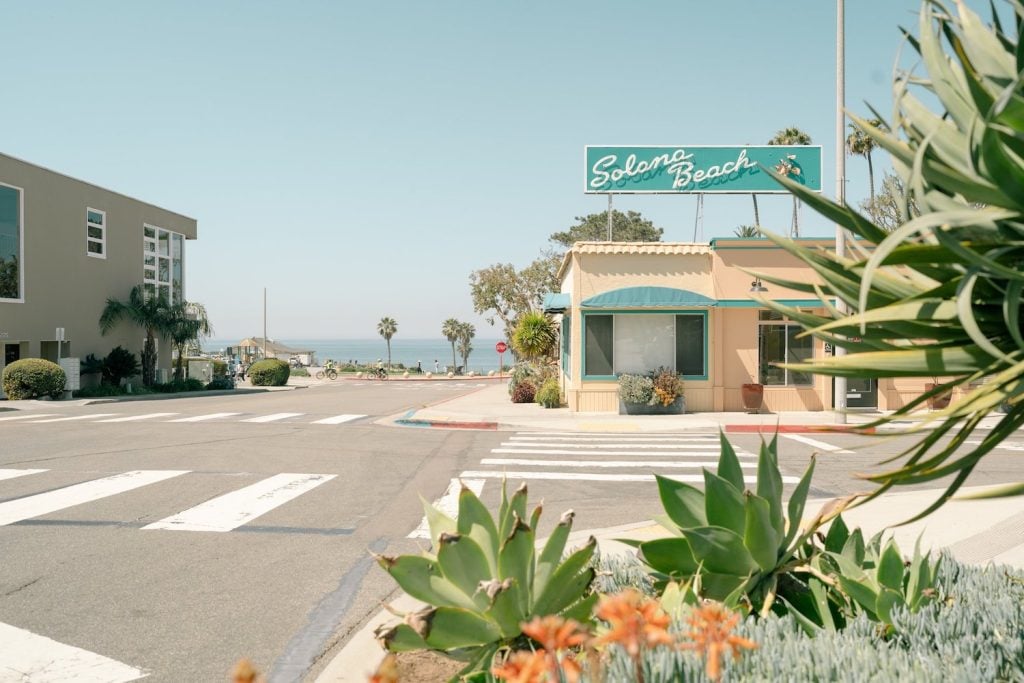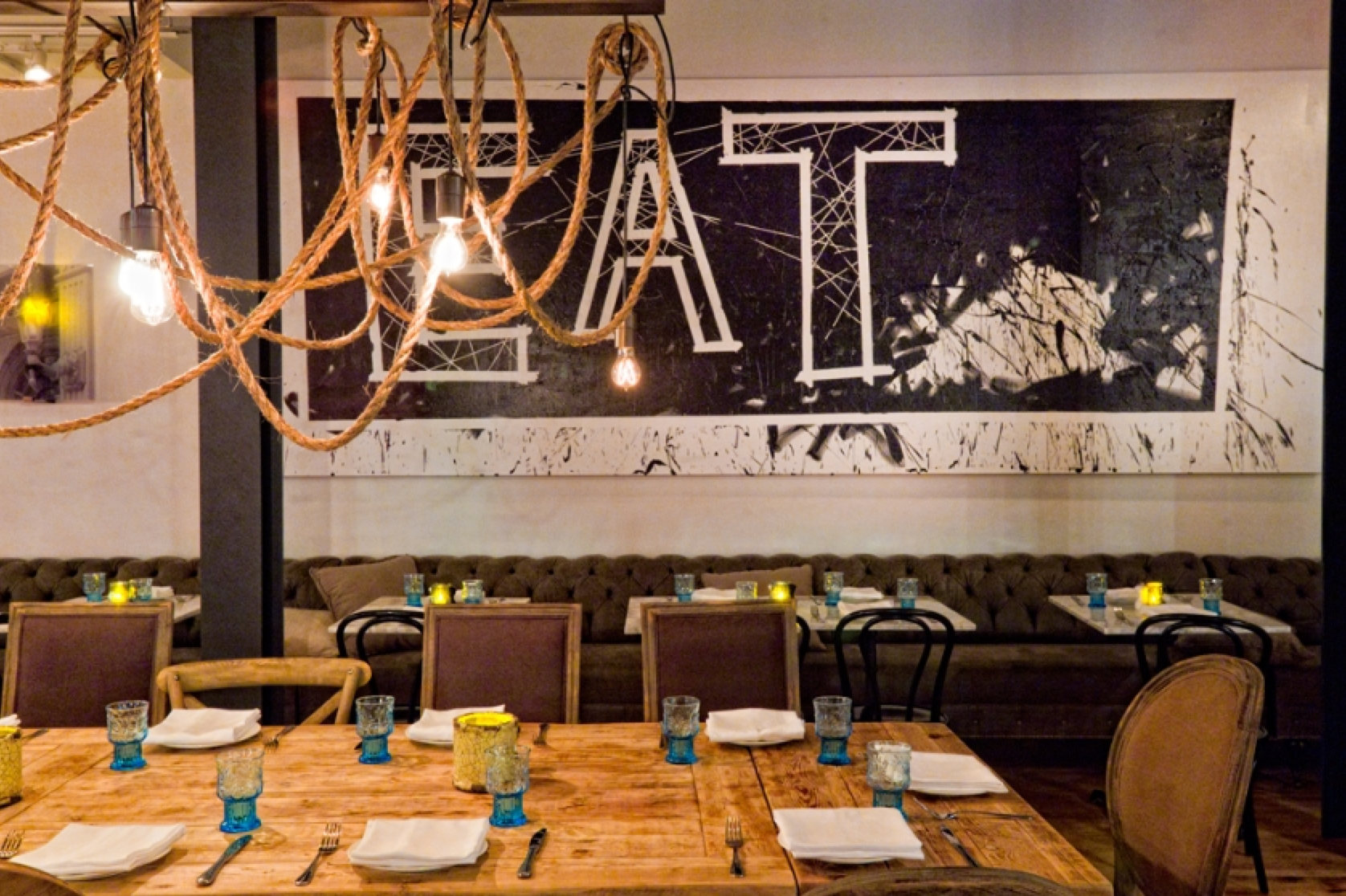In college, I went through a phase of wearing shorts with two different socks. They weren’t complementary colors or patterns. They didn’t work well as a team, or spell out my initials (Shinitials™). Just two totally random, unflattering pieces of lower-leg fashion.
I was in college. Questioning social norms. Asking the big questions with my leg cotton.
I wanted people to notice me, obviously. I wanted them to realize I didn’t give a damn about their expectations. I was living life to my own inner music, which probably sounded like a polka band being electrocuted. I wanted them to know I was a dangerous stripes-and-plaid kind of guy who rebelled against cliquish social groups—like “society,” or “family.” Plus, although my midsection had begun its life destiny as a fleshy bag of panna cotta, my calves were still pretty muscular from my days as a competitive tennis player. Why not show off my last remaining attractive body part before it, too, began the long, slow, slouchy decline?
This is why I relate to the design trend that’s overtaken the dining industry: mismatched restaurant chairs. Walk into any bistro and it’s metal chairs, wooden chairs, padded chairs, grade school desk chairs, padded 1980s chairs, grandma’s ornate woodwork chairs, folding chairs, wicker chairs, black stools, white stools, stools with funny seats, you name it.
It a chair orphanage out there. Your brain tries to make sense of it all, looking to identify a pattern. Your brain gets confused because it can’t. It’s design entropy. Chaos theory for your butt. Punk rock. Bananas.
Mismatched chairs tell customers that the restaurant doesn’t care about rules or conformity. Expect the unexpected here, sir. It tells people that the restaurant didn’t order their design from a Sears catalogue. They sourced each one of them individually. They foraged for their chairs.
Now you have chain restaurants paying big dollar for chair diversification. Pretty soon booths in Burger King are going to look like so many buddy-less socks. In many restaurants, the chairs are often more diversified than the staff.
Why? What’s the grand statement? Who will Wikipedia quote as the philosophical forebear?
Here’s the truth: While it does look cool, it started because it’s cheap. Buying 70 chairs for your restaurant is not an inexpensive exercise. If you want 70 new, high quality chairs that match each other, it’s even less cheap. However, if you don’t care about a recurring pattern and are just collecting whatever ass-holster you can find discarded on the side of the road—you can save some desperately needed dollars for your small bistro.
A very similar thing happened to grunge music in the ’90s. Magazine reporters would ask Eddie Vedder and Kurt Cobain soul-searching questions, like: “Why flannel? What does it suggest about you as an artist?”
In my favorite interview, a member of Pearl Jam responded something like. “Seattle’s cold. Flannel’s cheap.”
Grunge “fashion” wasn’t hatched on a runway in Milan. It came from broke musicians buying the cheapest garments that would help them survive.
And so it is with the Mismatched Restaurant Chair Movement. Using cheap, discarded objects to achieve a very utilitarian function has become a nationwide design phenomenon. I’m sure people are over-paying for mismatched chairs now, just like the price of flannel skyrocketed after the release of Nevermind. But originally, mismatched chairs were a budget thing that happened to look cool.
I’m sure mismatched chairs bother some people (those same people iron their pajamas). I’m not one of those people. I dislike order, as anyone who’s ridden in my pickup truck can attest.
But there is one peculiar thing that happens with mismatched chairs. Some have squat legs, some have tall legs. That means chairs at the same table are often at different heights. Short men become shorter. Women of average stature look like basketball-dunking Yetis. She might feel height-compatible on a first date until dinner, when she realizes, “Oh no, this won’t do. Poor little guy’s been Tom Cruised by genetics.”
To call the Mismatched Movement “design” feels a bit like throwing a bunch of paint at a canvas and calling it art. There can be only one swindler named Jackson Pollock.
But it’s heartening to see an act of economic desperation turn into a smash hit of the design world. At least the origins are un-contrived.
Sometimes humble efforts at living can inspire an entire country. Like Eddie’s flannel.

A chair orphanage.















